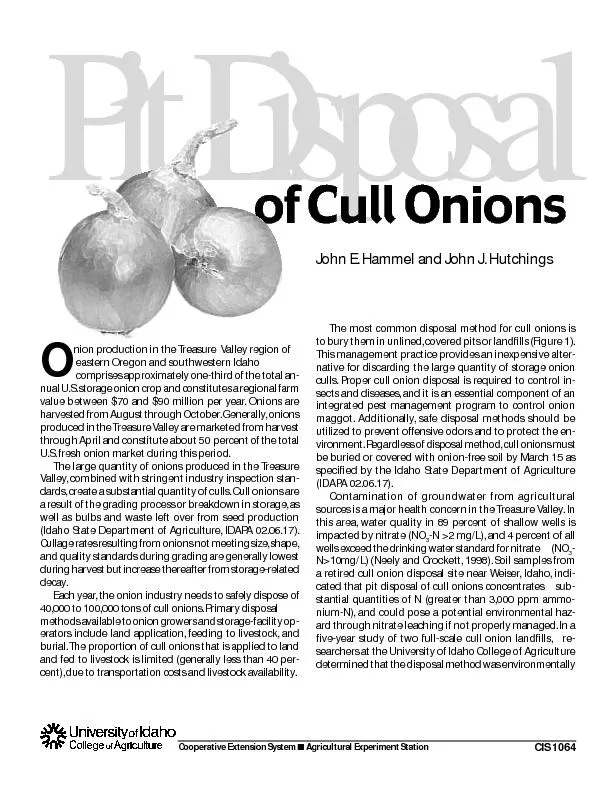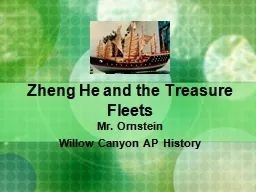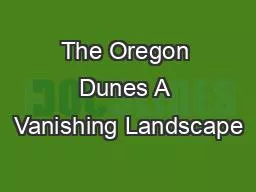PDF-nion production in the Treasure Valley region ofeastern Oregon and so
Author : lindy-dunigan | Published Date : 2016-03-10
Pit Dispo sal Cooperative Extension System Agricultural Experiment Station Pit Disposal of Cull Onions safe when using proper management practices Hutchingset al
Presentation Embed Code
Download Presentation
Download Presentation The PPT/PDF document "nion production in the Treasure Valley ..." is the property of its rightful owner. Permission is granted to download and print the materials on this website for personal, non-commercial use only, and to display it on your personal computer provided you do not modify the materials and that you retain all copyright notices contained in the materials. By downloading content from our website, you accept the terms of this agreement.
nion production in the Treasure Valley region ofeastern Oregon and so: Transcript
Download Rules Of Document
"nion production in the Treasure Valley region ofeastern Oregon and so"The content belongs to its owner. You may download and print it for personal use, without modification, and keep all copyright notices. By downloading, you agree to these terms.
Related Documents














